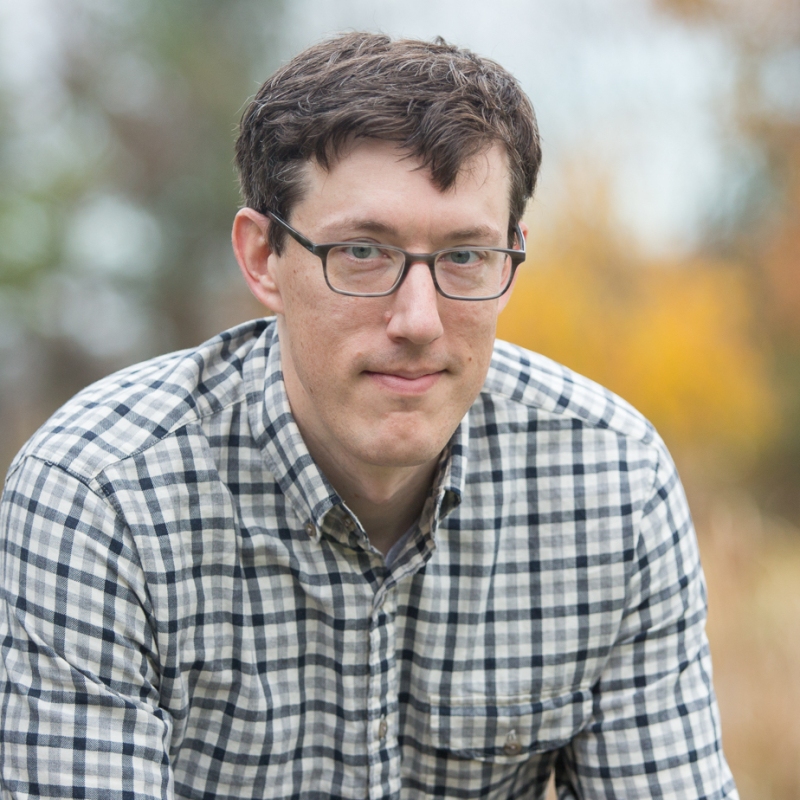The cold clear sky is still dark and full of constellations when I first look up through the kitchen skylight in early morning, the great ladle of Ursa Major emptying one final scoop of stars across the slowly fading darkness as dawn arrives. This is the period of longest nights, my favorite solstice, especially in the early morning.
I always find something still and hopeful about reaching a maximum of darkness, knowing that you’ve reached the end, and now you can prepare for the journey back to light. I only recently realized that stillness – the sense of slowing to a halt, a pause in movement – is actually inherent in the word “solstice,” deriving from the Latin sol for sun, plus sistere meaning “to stand still” which is what our sun appears to do during any solstice, pausing at it’s most northern or southern limit before heading back the other way. It’s like that brief millisecond pause of weightless stillness at the top of a swing, just before you begin to fall back toward the ground, and your feel yourself float for a suspended moment off of the seat.
Apogee. Nadir. Interpret it how you will. I like this idea of being at the top end of an arc, a pendulum swing about to be pulled back in the direction it came. Metaphors can be clunky sometimes, but really what I’m connecting with in this moment is the stillness.
Apparently this idea of stillness, a pause across the Earth, is not limited to Western roots of thought or culture. The Winter Solstice has been part of Asian culture for over 2,000 years, particularly in China with Dongzhi festival which marks the “extreme of winter.” Philosophically, it is the end of the yin phase of the year, representing darkness, cold, and stillness, and thus celebrates the return of yang energy, the ascendence of light and warmth, and hopefully prosperity.
Nowadays, Dongzhi is a traditional day to get together with family and friends and eat a lot of dumplings, and any occasion to eat a lot of dumplings seems like a good way to celebrate on a cold night. And so maybe that’s the best thing any of us can do today: eat some dumplings, say farewell to the darkest days, and look forward to the return of sunlight and warmth and blooming life. It is all ahead of us, just as before.
I will focus on this feeling of hope and renewal and festive love. I am blessed with a lot of positive reinforcement around me right now, and I have a buffer of good vibes protecting me from the bummers of the world trying to take up worry space in my mind. I am keeping them at a distance for now and focusing on love instead. I have love to give, love to receive, and I hope that we will all see love reflected around us even more in the year to come.
Today is the darkest day. It will get brighter in the weeks ahead.



